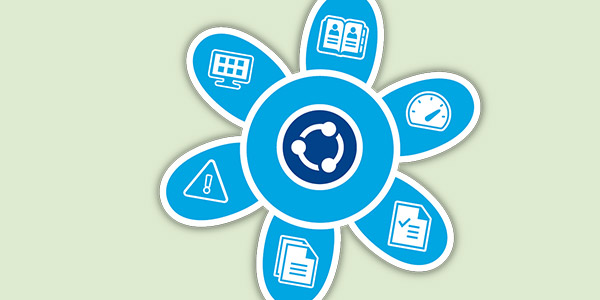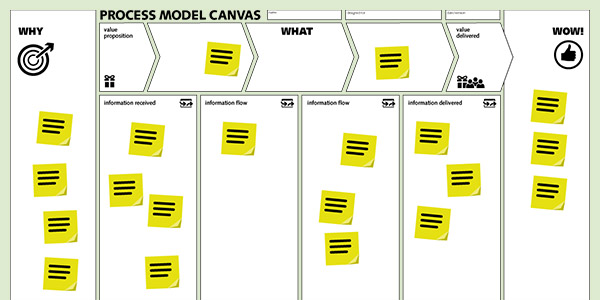Why risk management?
Risk management: are you in control?
Every organization faces risks. If not enough attention is paid to risk management, an organization is likely to suffer damage or loss. Moreover, quality certifications may be revoked and even penalties and fines imposed. Thus, the probability of a calamity should be reduced as much as possible and preferably avoided.
Risk management is therefore a necessary strategy for any organization. It helps to identify risks, map risk factors and implement management measures that minimize the chance of damage or loss.
Types of risks in risk management
There are roughly two types of risks: internal and external risks.
- Internal risks fall directly within the sphere of influence of the organization and can arise, for example, as a result of incomplete or incorrect information, internal quality controls, (strategic) objectives or complex regulations.
- External risks are run by expectations and obligations of bodies outside the organization due to certain quality standards and requirements for products/services. In addition, organizations must comply with laws and regulations. Nowadays, “corporate social responsibility” (CSR) also plays an increasingly important role in managing risks.
All risks that can cause a company to miss an order or worse, damage its image.
You can then classify each risk according to 2 characteristics:
- the impact of the calamity if it were to occur (the extent of consequential damage)
- the probability that the calamity could occur.
Depending on the size of the risk, you will have to implement the necessary control measures, both preventive and reactive. Using the so-called Bowtie (or bowtie) analysis, you can elaborate on each risk.
What is a risk management system?
A risk management system keeps track of all information about risk, this information includes sources of risk, potential consequences of risk and control measures to be taken to reduce the likelihood of damage or loss.
Benefits of risk management software
By deploying a management software, organizations can manage and update all their risk data in a central location, linked directly to where in the process this risk occurs. Benefits include:
- Better control of risks
- Efficient planning and implementation of measures
- Systematic reporting and traceability
- Clear roles and responsibilities for risk management
By managing everything centrally, a management system ensures a better grip on risks. This allows you and your team to be proactive in managing risks.
Reduce, indeed, avoid danger with Comm’ant!
Comm’ant helps you document, monitor and improve processes. With the software, you can easily map out processes and get a good overview of all the risks associated with each process. You always have immediate insight into what measures you can take to minimize risks and what the possible consequences of a calamity are.
Comm’ant provides a comprehensive framework to streamline the risk management process, allowing you to proactively implement policies aimed at reducing potential risks.
Comm’ant Processs
software for hands-on process management
Map your existing processes, harmonize them, design new processes and maintain them. With Comm’ant’s smart tools. And above all, make them immediately visible to all your co-workers. No more ambiguity about working arrangements: this is how we do our business…
Read more about risk management and related topics?
blog…

Process management: 6 control aspects for a successful process
Every process has a risk of error. No matter how well you plan it or how meticulous your colleagues…
blog…

Een versnipperd managementsysteem: van chaos naar orde
Beeld je eens in. Je gaat een nieuw project opzetten en leiden. Je staat te popelen om te beginnen, …
blog…

Smart Group and Multi-site certification
The cost of an ISO certification such as ISO 9001, ISO 14001, ISO 45001 and ISO 27001 can be quite…
blog…

Processes: drawing vs modelling
Which tool best suits your situation? Good tools are half the…
blog…

Business case for a management system
We often see quality managers in despair: there is no listening to…
blog…

Swimlanes: challenges to successful process management
Swimlanes are used in many organizations to map and visualize business processes….
blog…

The problems of the RASCI model for quality and process management
The RASCI model is often used as a process management model. Many organizations use it to…
blog…

The process-effectiveness formula: importance of acceptance for innovation
A process is effective only if it is accepted within the organization….
blog…

Process Model Canvas (free template): Smartly describe processes together
How do you design a process that meets the needs and requirements of all stakeholders, departments and…
blog…

Digitize processes? 9 steps to avoid unnecessary mistakes
Many companies are using digitization to improve efficiency and reduce the risk of…